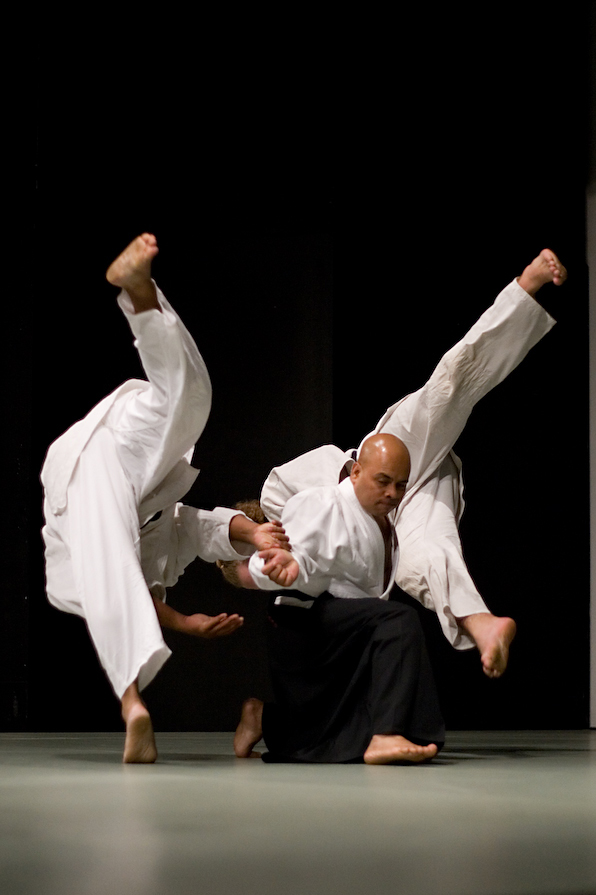Our recent Aikido Shudokan article, *The Silent Art of War: Aikido’s Legacy in Martial Arts and Special Forces*, generated significant interest from around the globe. We received numerous inquiries from various groups, including martial artists who are not Aikido practitioners, as well as from individuals with no background in martial arts, all eager to learn more about the effectiveness of Aikido and its practical applications in real-life scenarios. We thank you all for your interests and for showing much interests in this traditional martial art which is now practiced by millions worldwide.
Aikido is known for its fluid and effective techniques in various high-stress environments, which can be highly useful in various scenarios, including self-defence, martial arts competitions, contact sports, and even special forces operations and training.
Here are some of the most common and effective Aikido techniques used by warriors, martial artists, and special forces.
- Elbow Control
This is a fundamental technique that involves controlling the opponent’s elbow and using it to bring them to the ground. This technique is effective in self-defence as it allows the practitioner to neutralize an attack by controlling the opponent’s arm. In martial arts competitions, the technique demonstrates control and precision. Special forces use this technique for its ability to quickly subdue an opponent without causing significant harm
- Wrist Locks
The wrist lock applies pressure to the wrist and forearm, causing intense pain and forcing the opponent to comply. This technique is effective in self-defence situations as it can quickly neutralize an attacker by controlling their wrist and arm. In martial arts competitions and contact sports, this technique is used to gain control over an opponent and set up for further techniques. Special forces use this technique for its ability to subdue an opponent without causing permanent injury.
- Entering Throw
This technique involves entering into the opponent’s space and using their momentum to execute a throw, using their momentum to execute a throw. This technique is highly effective in self-defence as it allows the defender to close the distance and neutralize the threat swiftly. In martial arts competitions, this technique showcases the practitioner’s ability to blend with the opponent’s movement. Special forces use this technique for its efficiency in close-quarters combat.
- Four-Direction Throw
This technique involves rotating the opponent’s arm and body, leading to a powerful throw. This technique is versatile and can be applied from various grips and attacks. In self-defence, this technique can be used to throw an attacker to the ground, creating an opportunity to escape or control the situation. In martial arts competitions, it demonstrates control and precision. Special forces appreciate this technique for its effectiveness in quickly incapacitating an opponent.
- Wrist Turn
A technique that twists the opponent’s wrist, leading to a throw. This technique is effective in self-defence for neutralising an attacker by causing pain and imbalance. In martial arts, it is used to demonstrate control and precision. Special forces use this wrist turn for its ability to quickly subdue an opponent
These techniques highlight the adaptability and effectiveness of Aikido in various contexts. Whether for personal safety, competitive sports, or professional use, mastering these techniques can provide a significant advantage.
At Aikido Shudokan, you can explore specific techniques and learn how to practice them effectively. Begin your journey and experience an ancient martial art with powerful modern-day applications across a wide range of scenarios, whether you’re seeking life-changing moments or simply personal fulfillment!

